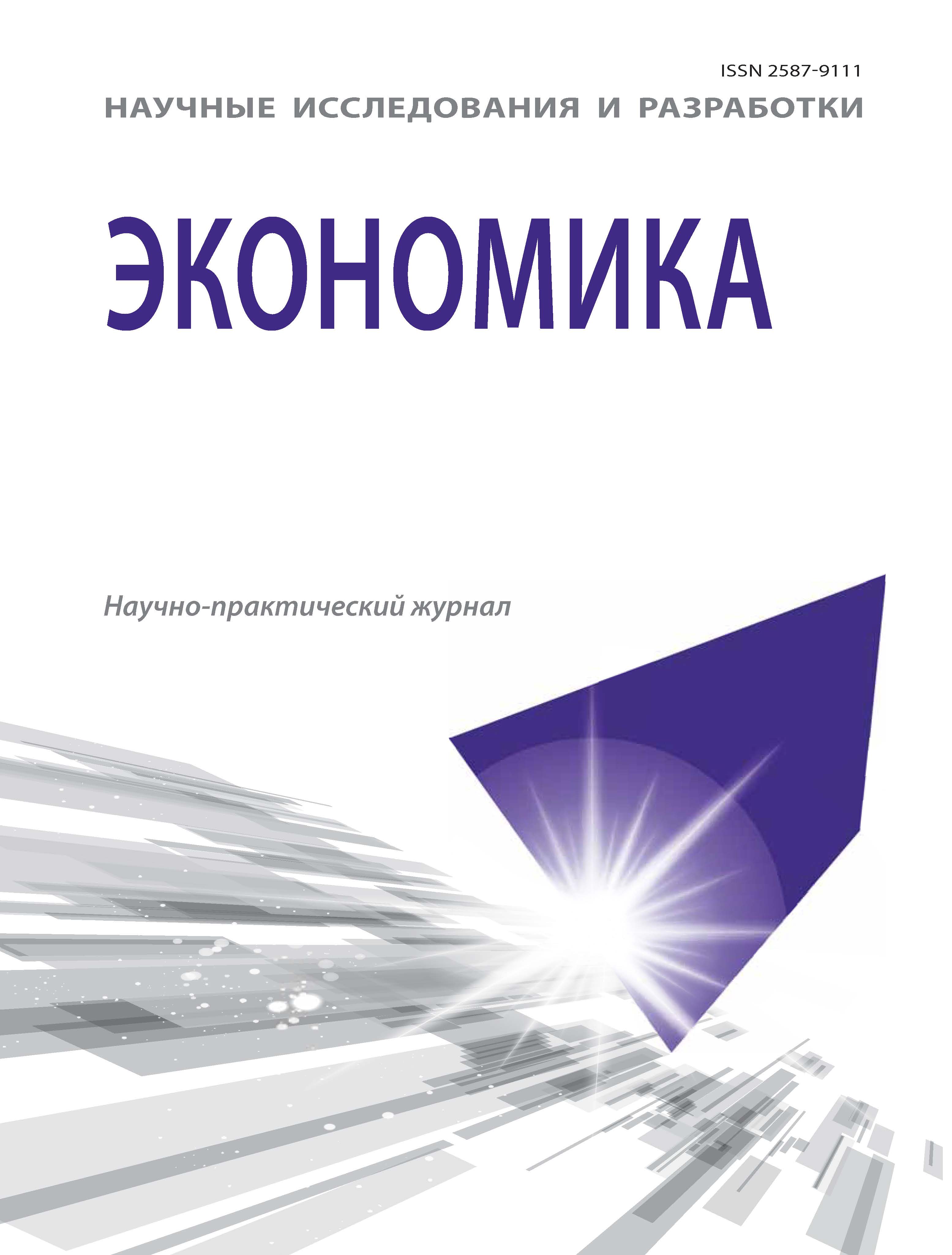Tula, Tula, Russian Federation
The aim of the work was to study the dynamics of structural changes in the economy of modern Russia. Linear regression models used to assess trends in changing the contribution of industries to gross value added. The main factors of the sectorial structure of gross value added assessed by factor analysis based on a principal compo-nent model. The main factor in the dynamics of the sectorial structure is the factor of the development of sectors, which until recently were the least developed. It reflects the growth in the contribution of transport and communications, agriculture, real estate transactions, rent. The second most important factor reflects the cyclical redistribution of shares between industry - extractive and manufacturing and financial activities. The third factor reflects the cyclical redistribution of shares between household activities and most other sectors of the economy. The fourth main factor also reflects the cyclical redistribution of shares between industries. It assumed that the main factors of changes in the structure of the economy are associated with the transition processes taking place in the economy and reflecting the slow transition due to unfavorable institutional condi-tions to the dominance of the fifth post-industrial technological order.
industry structure, gross value added, econometric models, principal component analysis, transients
1. Gabardo F. A., Pereima J. B., Einloft P. The incorporation of structural change into growth theory: A historical appraisal // Economia. 2017. Vol. 18, Issue 3. R. 392-410.
2. Samaniego R. M., Sun J. Y. Productivity growth and structural transformation // Review of Economic Dynamics. - 2016. Vol. 21. R. 266-285.
3. Saviotti P., Pyka A., Jun B. Education, structural change and economic development// Structural Change and Economic Dynamics. 2016. Vol. 38. R. 55-68.
4. Zazimko V.L. Otraslevaya struktura ekonomiki RF: sovremennoe sostoyanie i perspektivy razvitiya // Ekonomika i predprinimatel'stvo. 2018. № 9. S. 109-115.
5. Gimpel'son V.E. Otraslevye sdvigi i mezhotraslevoe neravenstvo // Zhurnal novoy ekonomicheskoy associacii. 2016. № 3. S. 186-197.
6. Amaraev B.A., Marshova T.N. Investicionnye processy i strukturnaya perestroyka rossiyskoy ekonomiki // Voprosy ekonomiki. 2017. № 12. S. 40-62.
7. Ivaschenko S.M. Istochniki dolgosrochnogo rosta sektorov rossiyskoy ekonomiki // Zhurnal novoy ekonomicheskoy associacii. 2020. № 4. S. 86-112.
8. Basovskiy L.E., Basovskaya E.N. Razvitie v Rossii ekonomki neravenstva // Zhurnal ekonomicheskoy teorii. 2011. № 4. S. 198-202.
9. Basovskiy L.E., Basovskaya E.N. Vliyanie faktorov proizvodstva na trudovye dohody v predkrizisnoy ekonomike Rossii // Nauchnye issledovaniya i razrabotki. Ekonomika. 2015. № 3. S. 9-13. DOI: https://doi.org/10.12737/11576
10. Basovskaya E.N., Basovskiy L.E. Problema faktorov proizvoditel'nosti v ekonomike sovremennoy Rossii // Nauchnye issledovaniya i razrabotki. Ekonomika. 2018. № 1. S. 20-26. DOI: https://doi.org/10.12737/article_5a8d420ec30be2.09483138
11. Basovskiy L.E. Postindustrial'nye uklady v ekonomike Rossii / L.E. Basovskiy, E.N. Basovskaya. M.: INFRA-M, 2017. 159 s.






